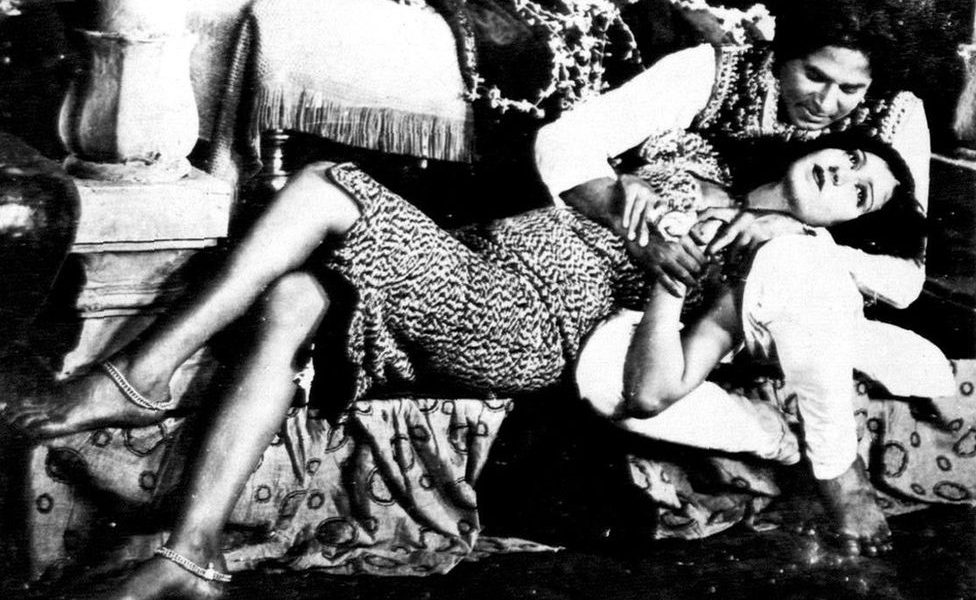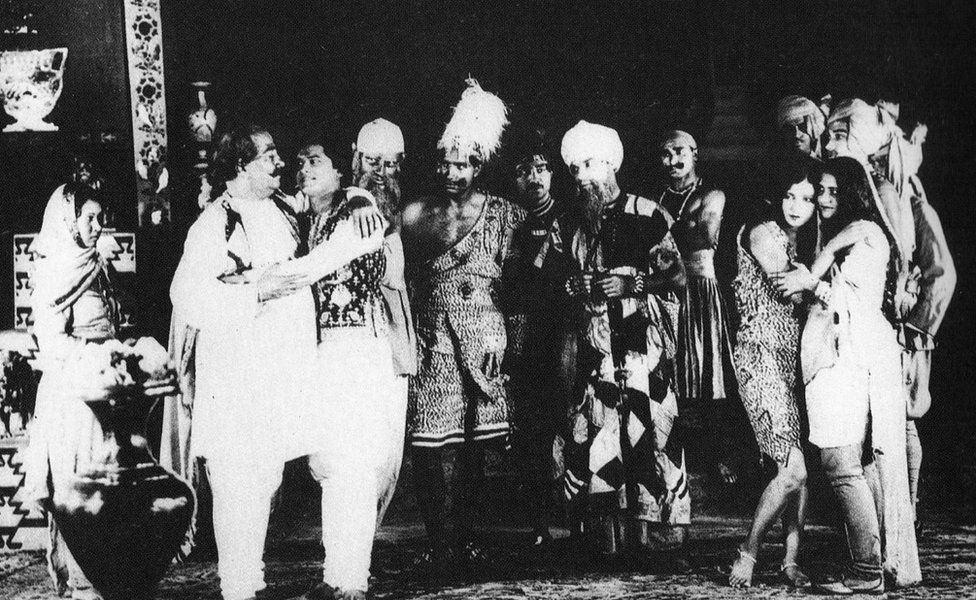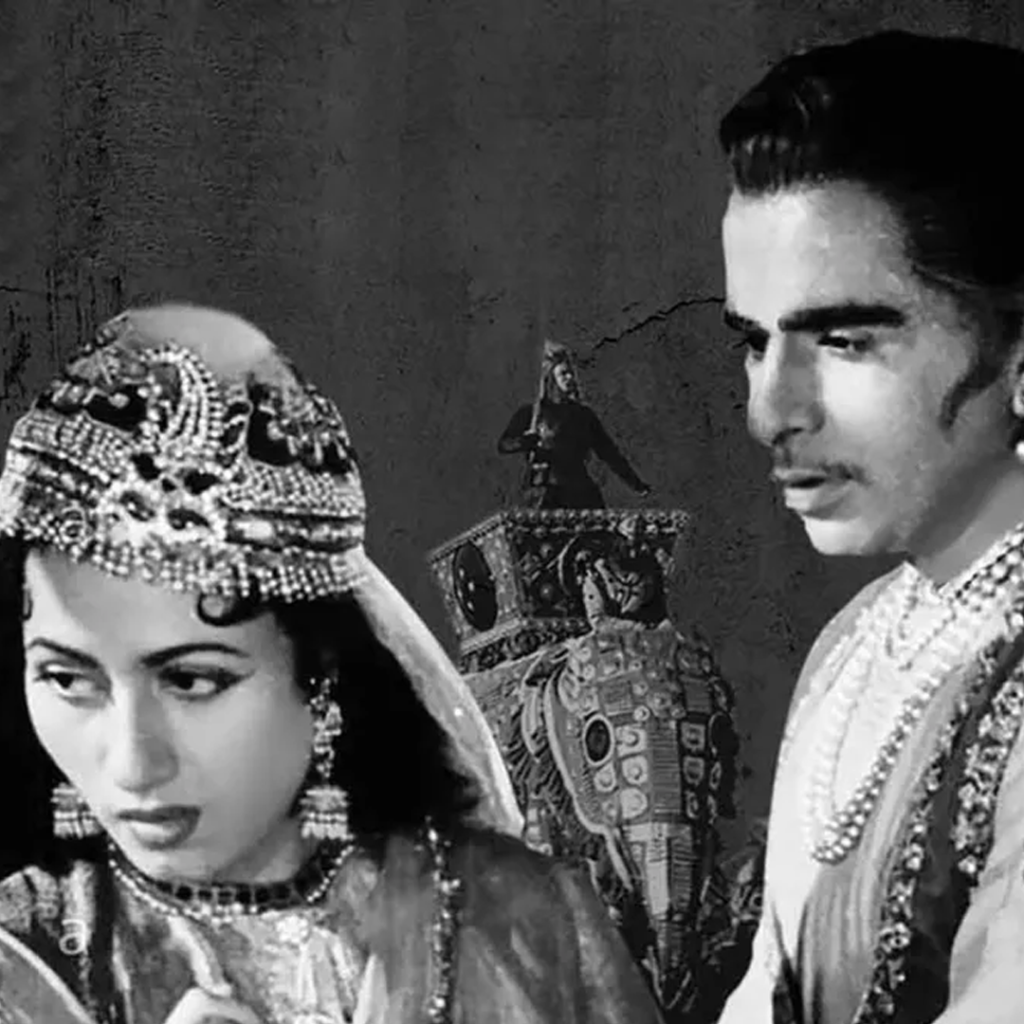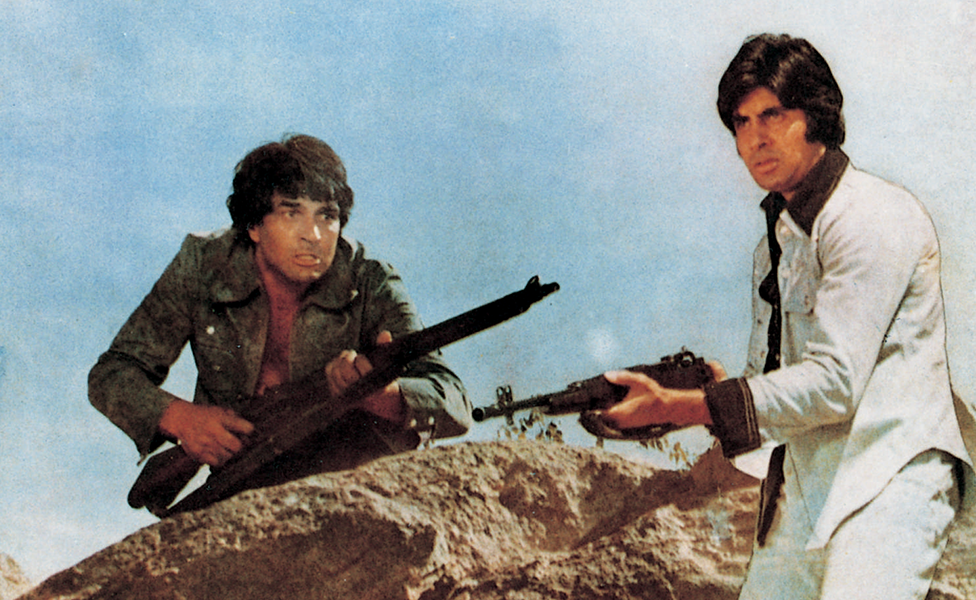History of Indian Cinema: A Quirky Journey from Silence to Sound

Once upon a time, in a land as diverse as the colors of Holi, an artistic revolution was quietly brewing. It began with silence, moved through black-and-white frames, and eventually found its voice in the most melodious way possible. Yes, we’re talking about the captivating journey of Indian cinema, a rollercoaster ride through time that led us from silent movies to the very first Indian talkie.

Silent Beginnings: The Pioneering Years (1896-1931)
Before the advent of sound, the Indian film industry was nothing short of a spectacle. It all started in 1896 when the Lumière Brothers brought their magical Cinématographe to Bombay. The fascination with moving images took hold, and soon, indigenous talent emerged. Dadasaheb Phalke, often hailed as the ‘Father of Indian Cinema,’ was the visionary who made the first Indian feature film, “Raja Harishchandra,” in 1913.
These were the silent days of Indian cinema, where emotion was conveyed through exaggerated expressions, gestures, and accompanying live music performed by a harmonium or tabla player in theaters. Despite the lack of synchronized sound, these films resonated deeply with audiences, becoming an essential part of Indian culture.



The Talkie Revolution: The Birth of "Alam Ara" (1931)
Fast forward to March 14, 1931, a day that would change the course of Indian cinema forever. Ardeshir Irani, a pioneer in his own right, released “Alam Ara,” the first Indian talkie. With this historic film, the screen came alive with dialogues and songs, bringing a new dimension to storytelling.
“Alam Ara” starred Zubeida, Master Vithal, and Prithviraj Kapoor, and its release was met with unprecedented enthusiasm. People queued up outside theaters, eager to witness history in the making. The film’s music, composed by Firozshah Mistry and B. Irani, became an instant sensation. The song “De de khuda ke naam par” still lingers in our hearts, like an old Bollywood melody.
The introduction of sound technology brought a seismic shift to Indian cinema. Dialogue delivery became an art form, and singers like K.L. Saigal and Kanan Devi became iconic voices. As the industry embraced sound, regional cinema also flourished, with Bengali, Marathi, and Tamil talkies soon following suit.
Cinematic Evolution and Cultural Impact
From there, Indian cinema embarked on a remarkable journey of evolution. The 1940s and 1950s saw the golden era of Bollywood, with classics like “Mughal-e-Azam” and “Sholay” making their mark. The industry transcended language barriers, creating masterpieces in Tamil, Bengali, Malayalam, and more. The industry’s cultural impact was profound, shaping fashion, music, and even society’s outlook.
The 1980s and 1990s brought the rise of superstar actors like Amitabh Bachchan and Shah Rukh Khan. The industry went global, with films like “Lagaan” and “Slumdog Millionaire” receiving international acclaim. Indian cinema continued to push boundaries, experimenting with genres, themes, and techniques.

Reliving The Golden Era of Indian Cinema



The Golden Era of Indian Cinema dawned with timeless classics like “Guide,” “Sholay,” and “Anand.” These cinematic gems, released in the late 1960s and 1970s, marked a significant turning point in Indian filmmaking. “Guide” showcased artistic depth, “Sholay” redefined the action genre, and “Anand” touched hearts with its poignant storytelling. These films not only entertained but also set new standards for creativity and innovation, laying the foundation for a spectacular era in Indian cinema. They remain timeless, reminding us of a period when storytelling and filmmaking reached unprecedented heights.
Conclusion: Lights, Camera, and a Billion Stories
From the silent era to the talkie revolution and beyond, the history of Indian cinema is a testament to creativity, innovation, and the power of storytelling. It’s a journey filled with drama, romance, action, and music that resonates with millions worldwide. Do visit movie blog website.
Today, Indian cinema continues to flourish, with new voices and fresh perspectives entering the scene. As we look back at the quirky, captivating journey from silence to sound, we’re reminded that the story is far from over. With each passing frame, Indian cinema continues to enchant, entertain, and inspire, proving that the magic of the movies is truly timeless. So, grab some popcorn, dim the lights, and let the show go on. Bollywood, and all of Indian cinema, is here to stay!
